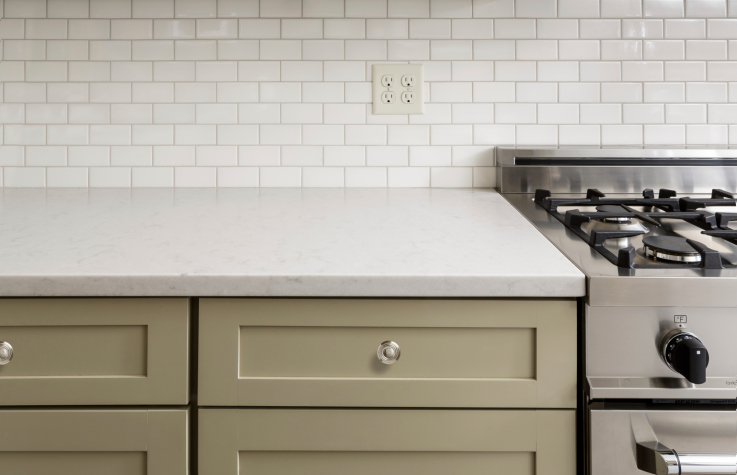
Many smaller home design details tend to be overlooked. One example is the power outlets and where they should go.
Home improvement projects often involve a focus on the exterior of the house. After all, homeownership comes with plenty of upkeep-related responsibilities. Replacing broken siding or getting new shingles installed in the roof do matter. However, your home design project can quickly become more complicated than that. That’s because many smaller details tend to be overlooked. One example is the power outlets and where they should go. Let’s find out more about them.
Exercise Safety and Take the Proper Precautions
Electricity is a vital utility that has transformed the way society operates. Although it’s easy to take it for granted, it can still be quite dangerous. That’s why it is imperative that you exercise safety and take the proper precautions. DIY projects aren’t always so simple and straightforward. Luckily, the docking-drawer in-drawer outlets are very safe and easy to install. You’ve just got to follow some common-sense rules of thumb.
Determine Where To Place In-Drawer Outlets
The second step in the project is to decide where you want the in-drawer outlets to go. In-drawer charging or powering stations can help relieve excessive clutter on your counters. This solution is a great way to optimize the efficiency of your kitchen since it will free up valuable prep space. These additions are also versatile enough to benefit other rooms – bedroom nightstands, home office desks, and drop zones by the front door or in the garage-adjacent mudroom.
Select the Appropriate Type of Outlet
Once you’ve accounted for these factors, the next step is to select the appropriate type of outlet for its intended purpose. Charging outlets for electronic devices such as smartphones, tablets, and laptops are configured differently from their counterparts for hairdryers, stand-mixers, and power tools.
Seamlessly Integrating the Outlets and Drawers
So now we resolve the dilemma of integrating the outlets and drawers without it becoming a messy, confusing hassle. Here, the cabinet depth matters. Inaccurate measurements will snarl up the project, causing it to take longer than it needs to. If the outlet is smaller than you actually need it to be, it will keep the drawer from opening and closing smoothly – or all of the ways, to boot. Width and depth are not the only dimensions you’ll need to worry about; the spec of the outlet and interior drawer box could clash with the receptacle box, again causing an improper fit.
Think of the Future Once the Project Finishes
However, supposing everything turns out wonderfully, you can finish your project without further frustration or effort. Even so, think ahead to the future – will you need upgrades or further alterations?
Choose Your Home Hardware From WalterWorks
No matter what type of home hardware and decorative touches you choose, WalterWorks Hardware has the expertise and supplies you need. Residents throughout Maryland, Washington, D.C., and the northern Virginia area love us for our fantastic hardware and unbeatable knowledge. For more information, please call us at (410) 263-9711 or contact us online. For more tips on choosing hardware for your home, follow us on Facebook, Twitter, LinkedIn, Houzz, and Pinterest.
